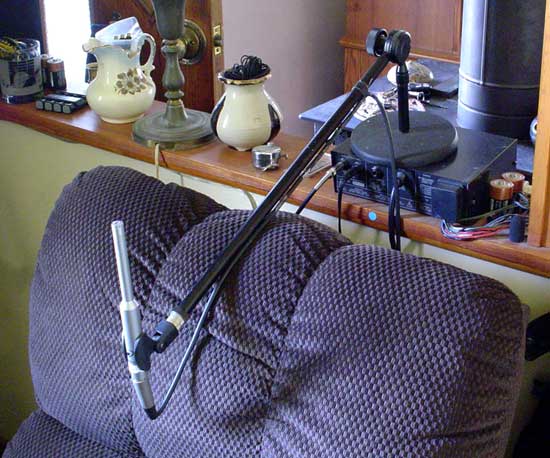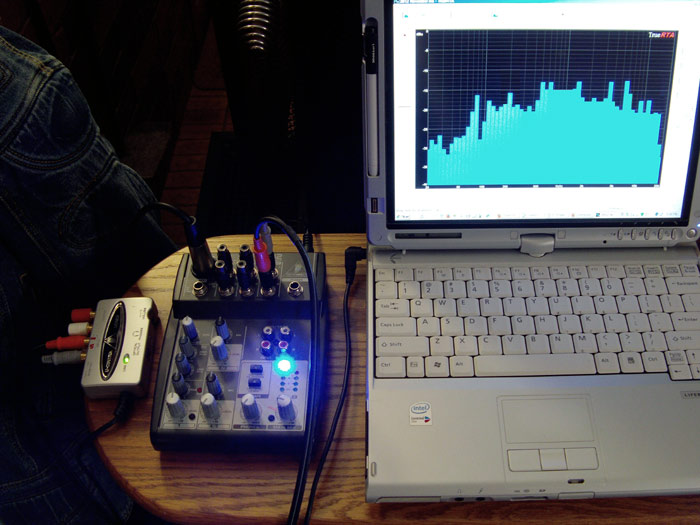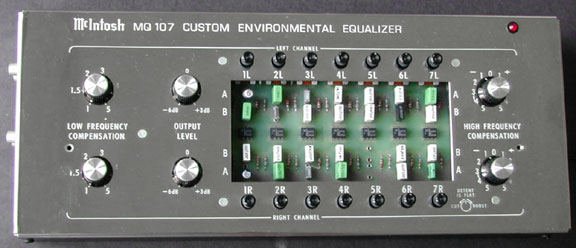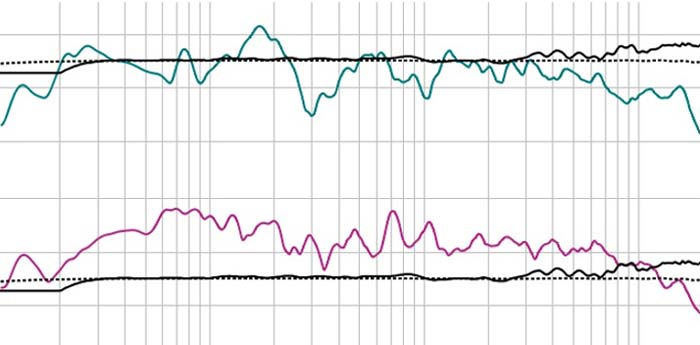leosagna
New Member
Hi everyone. So you've all ruined me and I have picked up another piece of Mc gear. A pair of XR-14s with a few cosmetic happy accidents came up locally for a price that's less than some of you pay for your monthly cellular family plan.
My current setup was a C34V, the power amp section of a MA6100 (for now...), B&W 602 s2's and a ASW600 sub.
Holy Tony Soprano's oven fresh cannoli. I did not expect these speakers to impress me this much. The woofers were reformed and while they may benefit from a MQ10X, my sub and the C34's EQ and loudness do justice smoothing out the low end.
So now to the point of this post- While I do thoroughly enjoy random sounds coming from several feet away from the sides of these speakers; I'm used to a higher "plane" of the tweeters. In a way I feel like I'm sort of "looking down". Floor standers are new to me. Can I build stands to raise them 8-10" to bring the tweeters to ear height without ruining the bass, soundstage and imaging? From what I've read on his site, Roger was very meticulous designing this line of speakers and I don't want to make stands if it takes away from the placement of sound.
I appreciate everyone's responses and particularly would like to thank @c_dk for his many posts on the XR14 that made me pull the trigger. (and help with my volume pot issue, lol).

My current setup was a C34V, the power amp section of a MA6100 (for now...), B&W 602 s2's and a ASW600 sub.
Holy Tony Soprano's oven fresh cannoli. I did not expect these speakers to impress me this much. The woofers were reformed and while they may benefit from a MQ10X, my sub and the C34's EQ and loudness do justice smoothing out the low end.
So now to the point of this post- While I do thoroughly enjoy random sounds coming from several feet away from the sides of these speakers; I'm used to a higher "plane" of the tweeters. In a way I feel like I'm sort of "looking down". Floor standers are new to me. Can I build stands to raise them 8-10" to bring the tweeters to ear height without ruining the bass, soundstage and imaging? From what I've read on his site, Roger was very meticulous designing this line of speakers and I don't want to make stands if it takes away from the placement of sound.
I appreciate everyone's responses and particularly would like to thank @c_dk for his many posts on the XR14 that made me pull the trigger. (and help with my volume pot issue, lol).



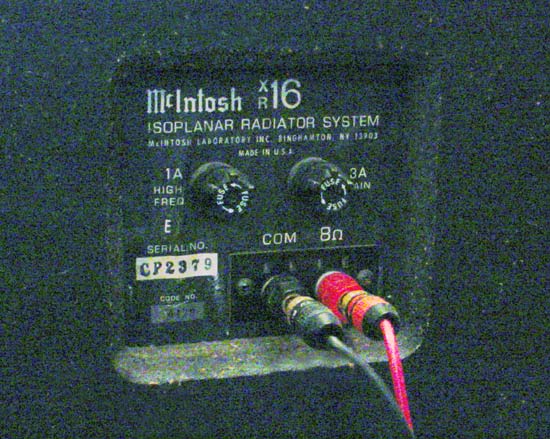
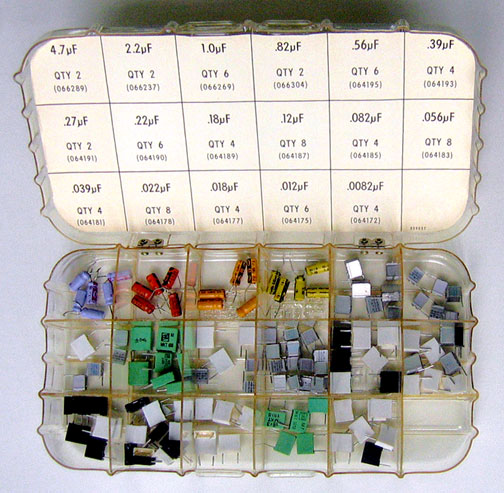

 . For now, the 6100 and sub should suffice for the volumes that I listen to, and I have a 140wpc Carver amp I can swap in if I'm in an eardrum rupturing mood.
. For now, the 6100 and sub should suffice for the volumes that I listen to, and I have a 140wpc Carver amp I can swap in if I'm in an eardrum rupturing mood.